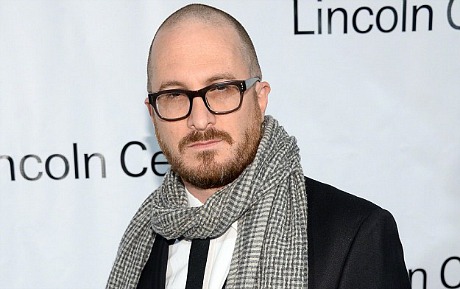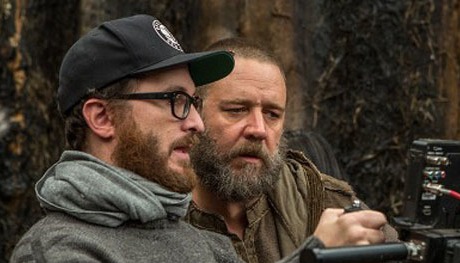The 50% Rotten Tomatoes rating for Cesar Chavez (3.28, Participant) indicates that director Diego Luna was too impressed by the legend of the renowned labor leader to do anything exceptional or daring. Sight unseen I wrote last October that rote “biopics of revered political underdogs can only tell the tale — modest beginnings, protagonist shows mettle, rise to power, complications from adversaries, big climax, end coda.” The rule of thumb in making a good political saga is to avoid deification by concentrating on a challenging or traumatic episode that revealed or brought forth character. Two noteworthy examples: Stephen Frears‘ The Queen or Dore Schary‘s Sunrise at Campobello. Raoul Peck‘s Lumumba, Gus Van Sant‘s Milk and Oliver Stone‘s Nixon are probably the best political biopics that take the broader “this happened and then that happened” approach.






